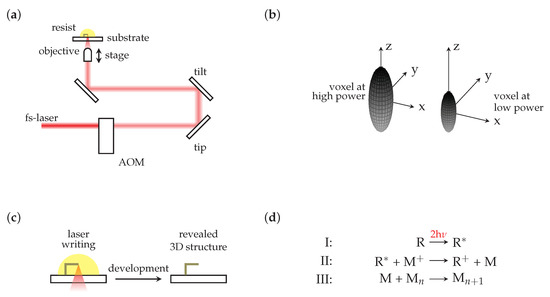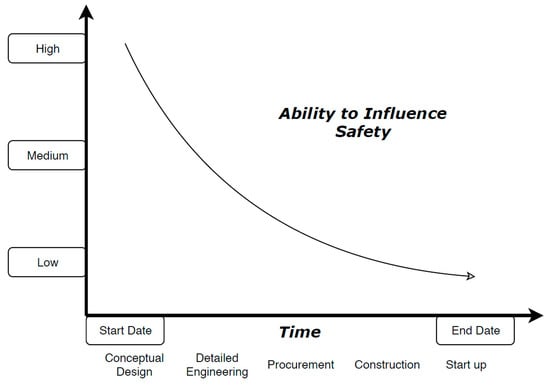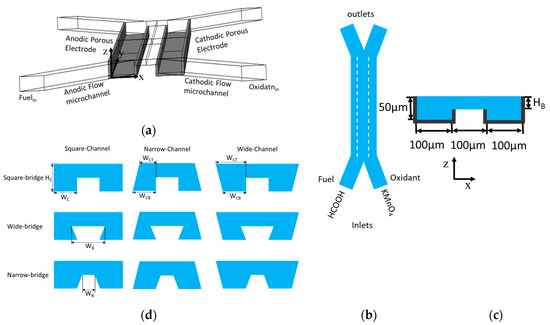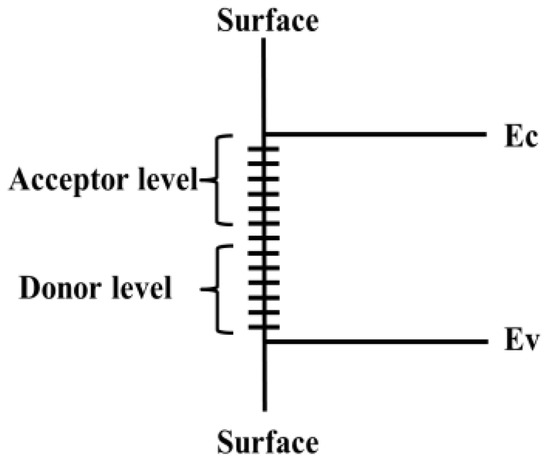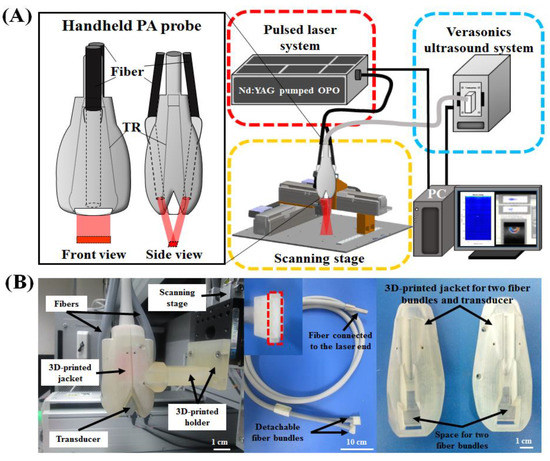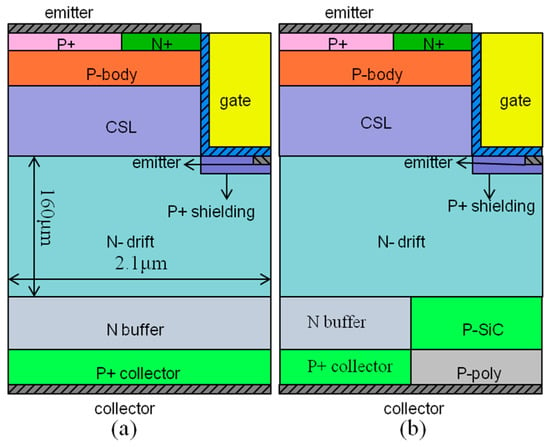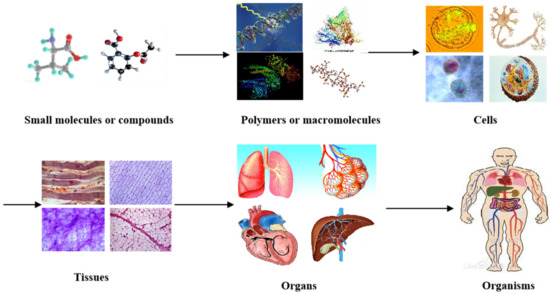Micromachines 2019, 10(12), 827; https://doi.org/10.3390/mi10120827 - 28 Nov 2019
Cited by 26 | Viewed by 6109
Abstract
We present an overview of functional metallic microstructures fabricated via direct laser writing out of the liquid phase. Metallic microstructures often are key components in diverse applications such as, e.g., microelectromechanical systems (MEMS). Since the metallic component’s functionality mostly depends on other components,
[...] Read more.
We present an overview of functional metallic microstructures fabricated via direct laser writing out of the liquid phase. Metallic microstructures often are key components in diverse applications such as, e.g., microelectromechanical systems (MEMS). Since the metallic component’s functionality mostly depends on other components, a technology that enables on-chip fabrication of these metal structures is highly desirable. Direct laser writing via multiphoton absorption is such a fabrication method. In the past, it has mostly been used to fabricate multidimensional polymeric structures. However, during the last few years different groups have put effort into the development of novel photosensitive materials that enable fabrication of metallic—especially gold and silver—microstructures. The results of these efforts are summarized in this review and show that direct laser fabrication of metallic microstructures has reached the level of applicability.
Full article
(This article belongs to the Special Issue Multi-Dimensional Direct-Write Nanofabrication
)
►
Show Figures
